"Let's Talk About" Series, Blog, Herbal Recipes, Herbalism, Natural Beauty, Recipe Box
Let’s Talk About: How to use Lavender
Amber Shehan • June 30, 2015
Lavender is praised as a cleanser, for its calming influence, and as a perfume. Learn about harvesting and using lavender in your home.
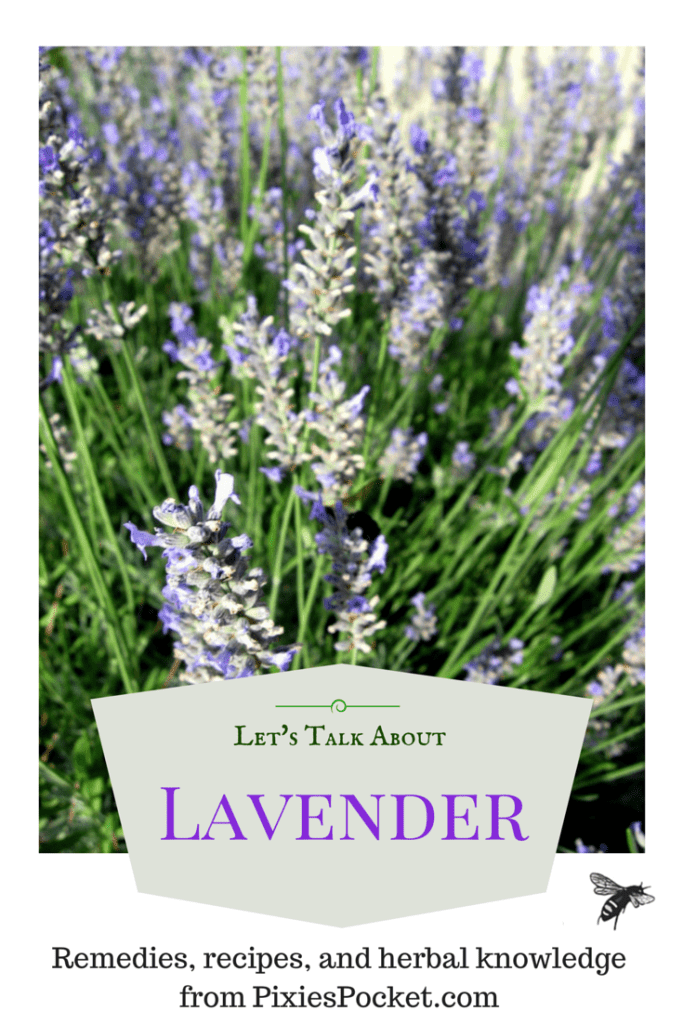
Let’s talk about Lavender
When I think of lavender, I first think of soap. Specifically, the little, purple, seashell-shaped soaps that lived in my grandmother’s soap dish in the main bathroom of the house are called to mind. Those delicate little soaps were intended as a display and not for use. They were so fancy and smelled so nice that I always wanted to break the rules and wash with them.
It is natural that the smell of lavender equates to a feeling of something delicate and clean, and it’s not just my grandmother’s doing, you know. The name “lavender” is believed to come from the Latin word, lavare, which means “to wash.” It’s been prized for centuries for its many uses, its scent, cleaning properties, food flavoring, and much, much more. (Here are a few more lavender usage tips from MomPrepares.com!)

Growing & Harvesting Lavender
It took me years to sort out how best to keep a lavender plant alive. I’ve killed almost every lavender plant that I’ve tried to grow. It’s quite frustrating! They’ll do well for a year or two and then poof – something happens and they just keel over dead in the summer or just never return in spring.
It turns out that my problem was a lack of maintenance. Lavender plants appreciate being pruned every year, and once I got the trick of that, things started going better for my poor lavender friends. Now I have a three-year old plant who shares space with a rosemary bush. They both enjoy well-drained soil and lots of sun.
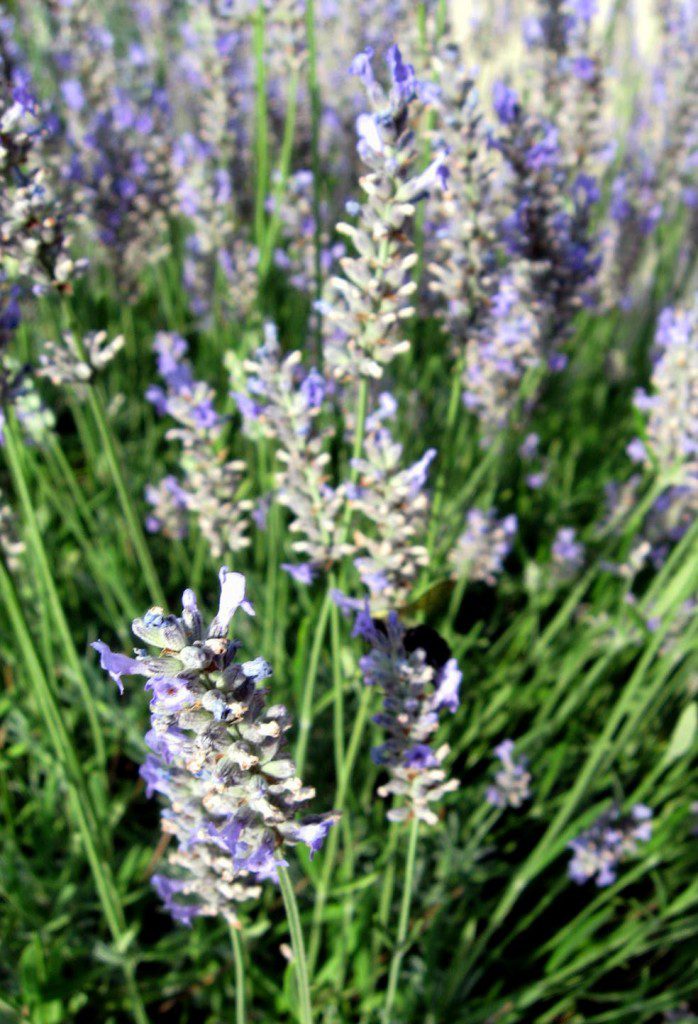
Lavender is a great plant to have around. Bees and other pollinators love the tall, bobbing flower heads, and the blossoms also make particularly delicious honey! I’ve also heard that it helps to keep deer away, but I haven’t put that to the test yet.
It is easy to harvest lavender. Since they appreciate being pruned, simply clip the long-stemmed flower from the base of the plant. It is best to harvest in the early afternoon just after the dew is dried, but before the sun beats down on the plant and burns away some of the aromatic oils in the flowers.
To dry lavender, just tie a string around the base of the bundle and hang it upside down until it is dried. Otherwise, you can follow the instructions over at Better Hens & Gardens and make braided lavender wands!
You might notice that when you have lavender drying, there are no flies around. This is why little muslin bags of lavender are great to throw into closets, drawers, or even into cabinets to help keep pests at bay.
Incredible, Edible Lavender
Lavender has been used as a condiment to season foods for centuries, especially candies and sweet desserts. Dishes and teas made of lavender flowers can be served at dinners to help ease the stomach, much like mint or fennel.
The flavor of lavender can easily be overwhelming so when you cook with it, add a tiny bit at a time and taste it. I’ve been served food that was seasoned far too heavy with lavender and it was like eating soap! It’s all about balance.
Here are a few recipes that you might enjoy:
Lemon Balm & Lavender Scones & Infused Sugar – Herbal Academy
Wildflower Mead (including lavender!) – Grow Forage Cook Ferment
Lavender & Honey Gin Fizz – Little Fall Creek
Wildcraft Infusion: Calming Red Clover, Lavender, Lemon – YogurtHydro
Lavender’s Medicinal and Aromatherapy Uses and Lavender Truffles – Chestnut Herbs
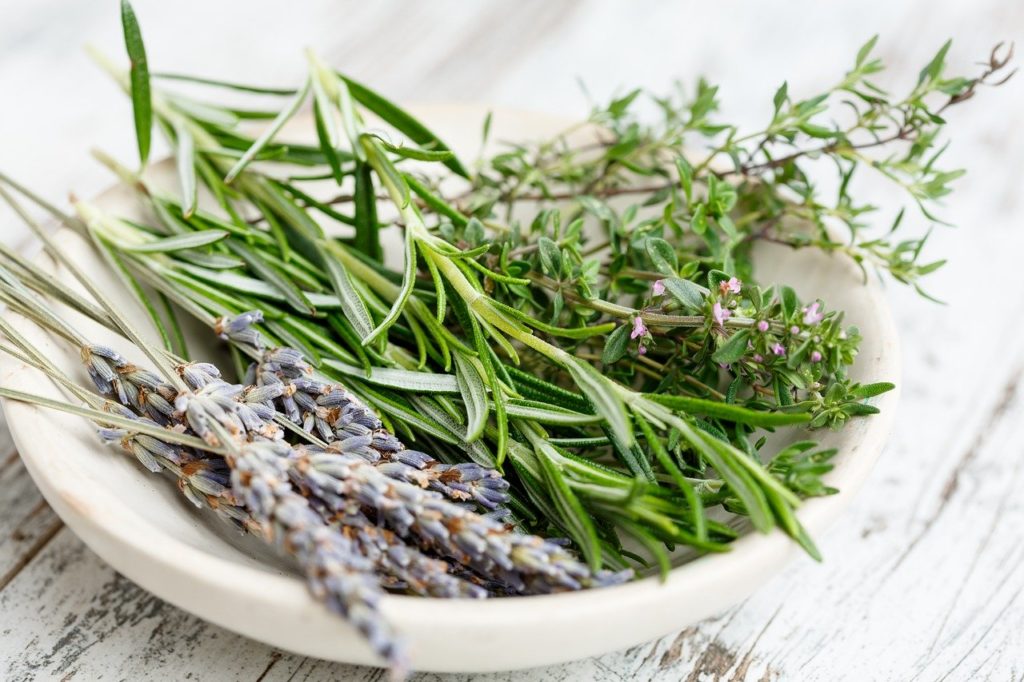
Lavender Essential Oil
I’m not a huge fan of essential oils, personally. They tend to be too strong for my love’s sensitive nose and too much for my sensitive skin. I also object to their overuse because of the obscene amount of plant matter it takes to make a mere gram of EO. I do have some that I was gifted, and I reserve their use for special occasions or specific indications. I do not encourage the use of essential oils internally at all, and especially in the case of lavender essential oil.
However, Lavender essential oil is one of the few bottles of EO that I tend to keep around. I take a whiff when I need to clear my head and feel a bit calmer. Hot baths or foot baths in my home often have a drop or two included in them just for the antiseptic properties as well as for pain relief. It’s also something worth adding to external washes for pets, as it helps to kill lice and other parasites, but use it sparingly!
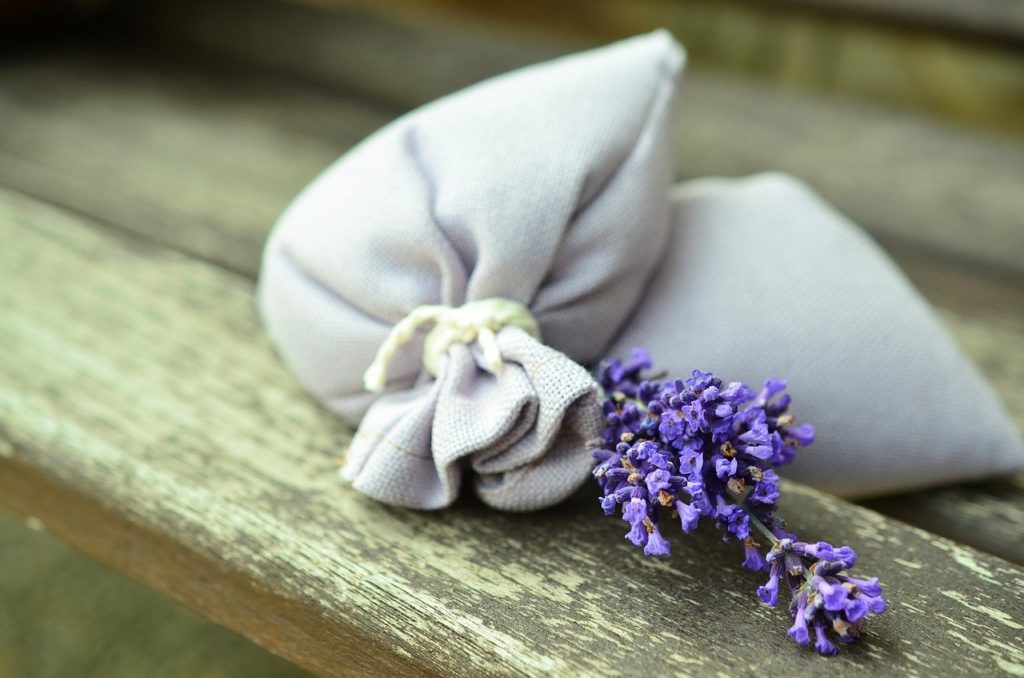
Medicinal Lavender & Home Remedies
Sweet lavender has aromatic, carminative and nervine properties – meaning it has an odor that is pleasant and clears the head, calms the stomach, and calms the nerves of the body.
An infusion of lavender (basically a strong tea) sweetened with honey is quite nice for stress headaches. If you don’t enjoy the flavor, you can use the infusion as a steam bath to breathe in or to splash on your face. Don’t drink the tea more than once or twice a day, as it can switch from being a carminative to a big old bellyache.
Lavender infused oil is fantastic as a muscle rub, or as a first step in making a lavender based salve. Hot compresses of lavender in bags, used as a poultice, will help to relieve pain in joints and muscles.
You can make a great gift by mixing up some Lavender Bath Salts! (recipe by Fabulous Farm Girl)
Put a pot of simmering water on the stove and add lavender flowers to perfume your home and contribute to a calming environment.
Lavender infused vinegar is great for a hair rinse or a toner for your face or skin. It helps with acne but can be drying, so use carefully.
Where to get Lavender products:
Starwest Botanicals:
Dried Lavender Flowers
Lavender Essential Oil
Purchase live plants, seeds, or dried bulk lavender from Richter’s Herbs:
English Lavender
French Lavender
There are many specific varieties of Lavender available from Richter’s Herbs, just type “Lavender” into their search and see what they have available!
Want some more information about lavender? There are great recipes and information at the Herbal Academy!
Get updates from Pixie's Pocket: brewing and herbs in your inbox:
Posted In "Let's Talk About" Series, Blog, Herbal Recipes, Herbalism, Natural Beauty, Recipe Box
Tagged: antiseptic, beauty, hair care, headache, herbal education, herbalism, infused sugar, lavender, let's talk about, recipes, remedy
Amber Shehan
Hi! I'm Amber Pixie, and this is my site. Enjoy the recipes, information, posts, and please feel free to message me if you have questions!
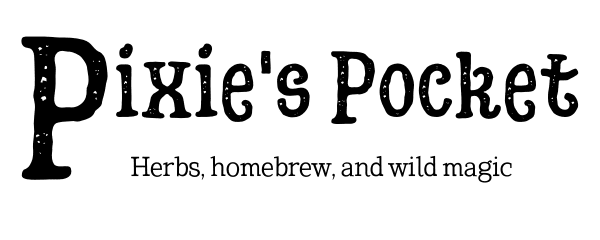
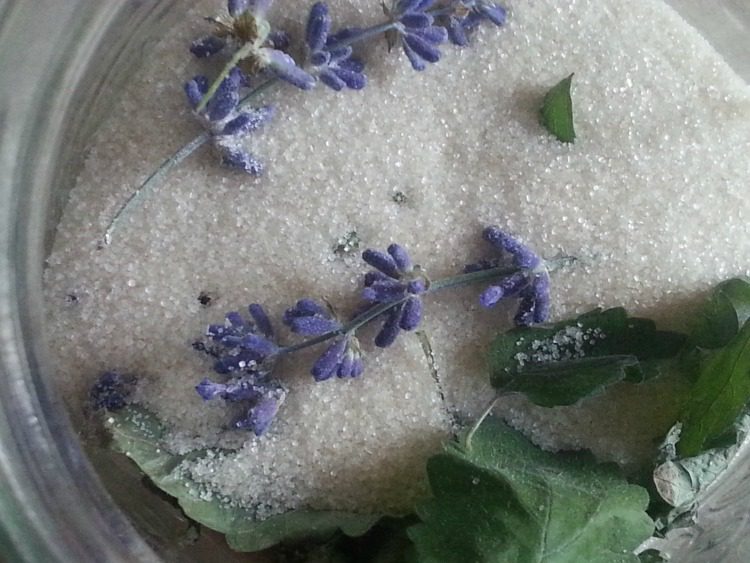

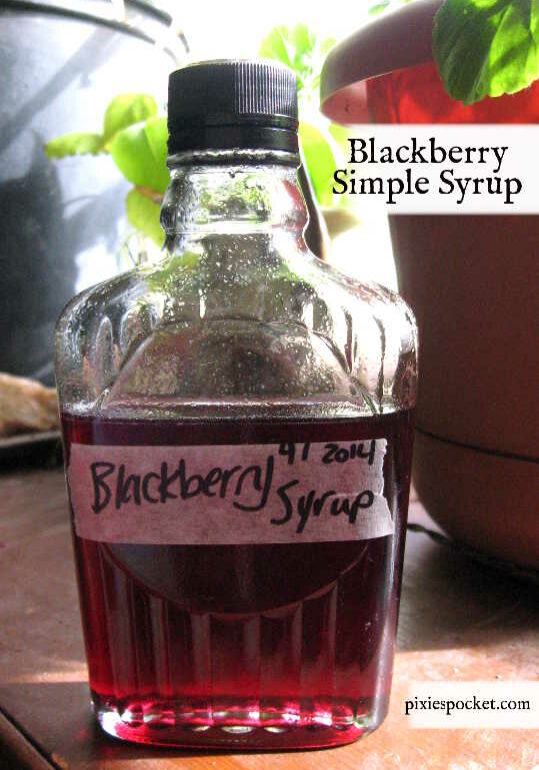
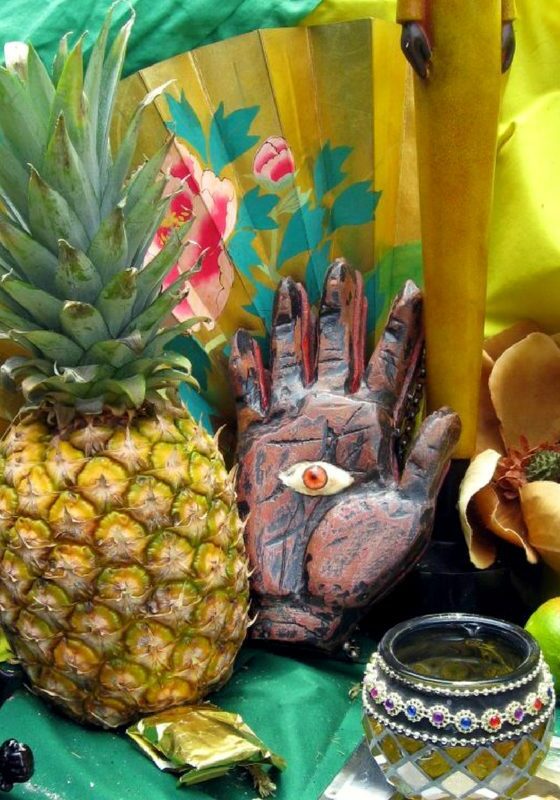
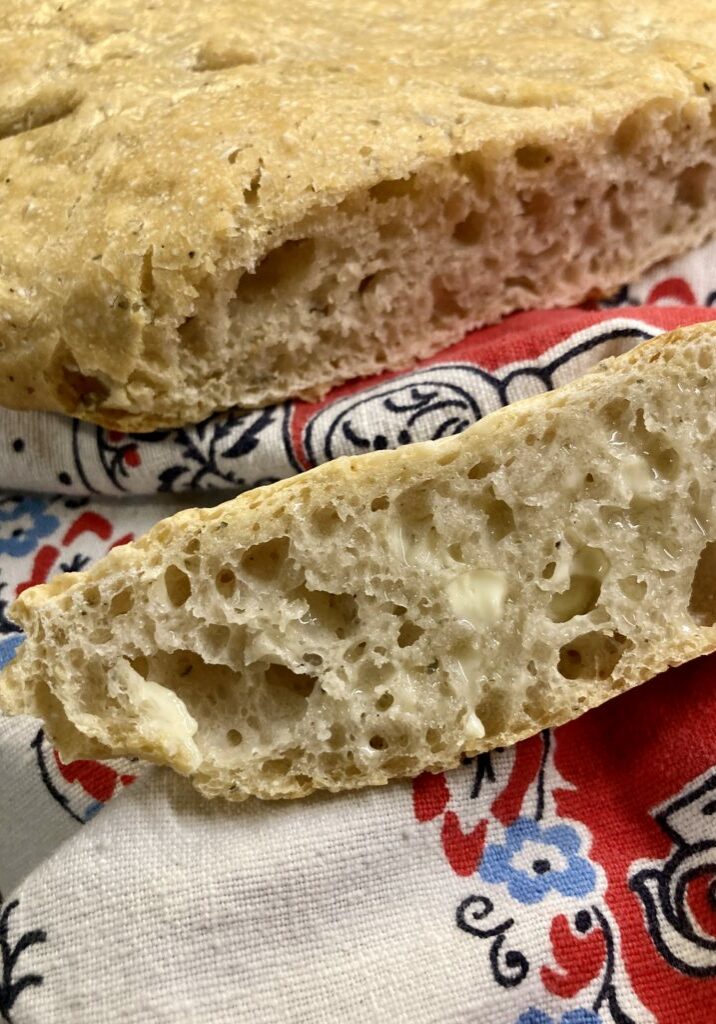
[…] You can also use this honey as a burn salve. Lavender is known for it’s antiseptic and anti-inflammatory properties, hence the root of it’s Latin name; Lavare, which means “to wash.” I just add a dab on top of a burn before adding a wrap or band-aid (and a cold pack). Here’s my article on how awesome lavender is and ways to use it. […]
I have never been able to grow lavender from seed. I have visited these guys: http://www.capecodlavenderfarm.com/ and I got some plants from them. They say that lavender likes sandy, well drained soil and a lot of sun. So far I have 1 plant sitll surviving and I planted 2 more this spring. Hopefully they all make it until next year.
Oooh, what a lovely place. I’ve a friend who’s building a lavender farm now…she should be open for business next year! I’ll get starts from her, because I haven’t been able to grow it from seed either! 🙂
[…] Let’s Talk About Lavender from Pixie’s Pocket […]